During WWII, the Nazi Germans were developing a wide range of superweapons that would turn the tide and ensure ultimate victory. Most of them never made it off the drawing boards and only a few saw active service but a number of them laid the foundation for weapons that are still being used today.
We start off with the most famous trio, the V weapons.
V1 – The First Cruise Missile
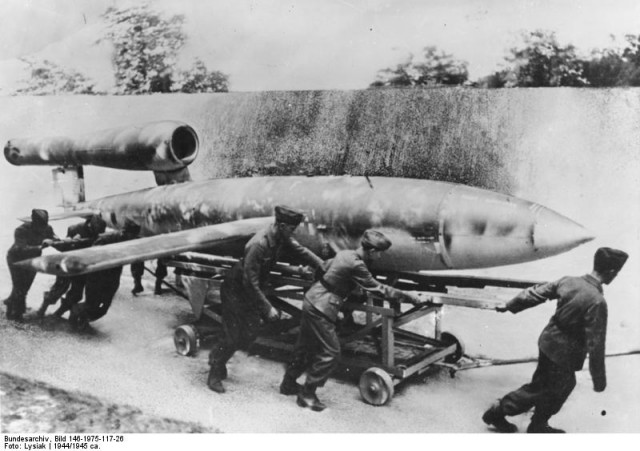
It is safe to say that the V rockets were an obsession of Der Fuhrer. He was so wrapped up in the creation of these rockets, that many felt this compulsion caused the Luftwaffe’s compromised state in 1944, since the development of the V rocket diverted precious resources that could have been used for repair parts and new planes. Yet despite these accusations one can see the rationale behind improving these unguided killing machines.
During the last year of the war, over 5,000 V1 rockets were fired into London and the surrounding areas from launch sites in Holland and France. At times, over a hundred a day fell on Britain’s island nation. In some ways the launch of these rockets might have been seen as a response to D-Day, since the first V1 rocket was launched on June 13, 1944, seven days after the Normandy Landings.
Despite the large onslaught from these deadly weapons, the V rocket suffered from two fatal flaws. One was that they could go only as far as fuel would allow them to; if they ran out of fuel before reaching their targets they would land wherever they fell. The other flaw was that there was no way to actually aim these rockets or make corrections if calculations were off.
V2 – The First Ballistic Missile
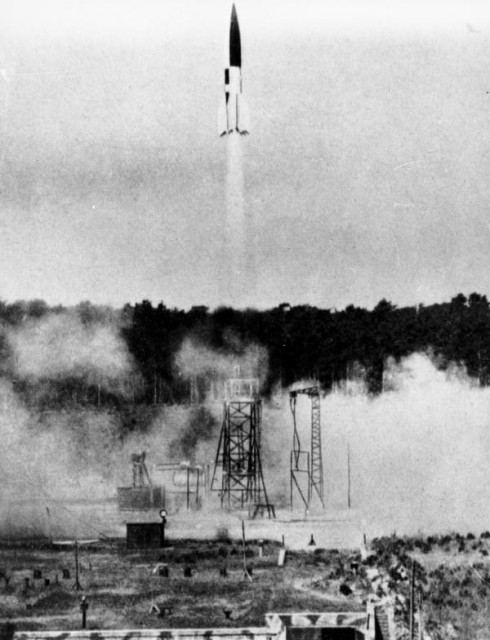
While all the major powers fielded short-range rockets, only Nazi Germany put serious effort into the development of long-range, liquid-fueled rockets. The result was the V-2, a 14-ton, vertically launched missile with a range of 200 miles and a top speed of 3,500 miles per hour.
The V-2 was one of two long-range weapons deployed by the Germans, the other being the V-1 flying bomb. Both the V-1 and the V-2 were launched in the thousands, mainly against London and the port city of Antwerp in Belgium.
V3 – The Nazi Super Gun
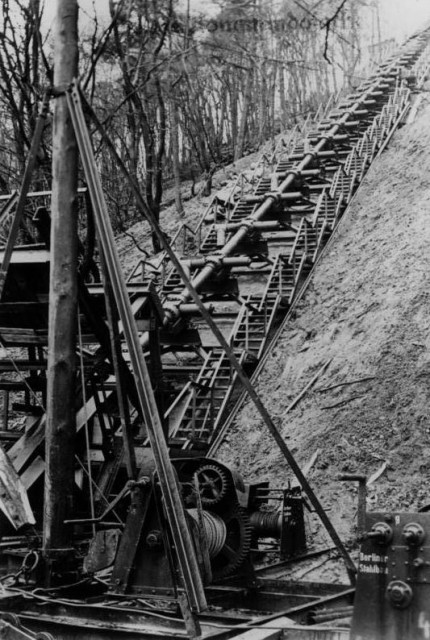
The V-3 (Revenge weapon 3) was a German supergun which worked on the multi-charge principle whereby secondary propellant charges are fired to add speed to a projectile.
From two large bunkers in the Pas-de-Calais region of northern France, the weapon was planned to be used to bombard London, but they wrecked beyond repair by Allied bombing raids before they were completed. Two smaller but similar guns were used to bombard Luxembourg from December 1944 to February 1945 during the battle of the Bulge.
Me 262 – The First Operational Jet Fighter
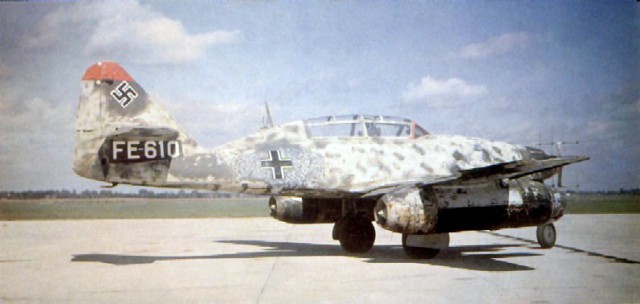
There are very few aircraft throughout the history of aviation that were as unique and innovative as the Messerchmitt Me 262. This was created out of desperation, it was needed for the War and was considered a masterpiece due to its technology, and it had a massive impact in the world of aviation when it first launched in 1944 in European skies.
The Me-262 was developed and built in Germany by the Nazi’s and was their first jet fighter that was operational in World War 2.
Fritz X – The First Guided Missile
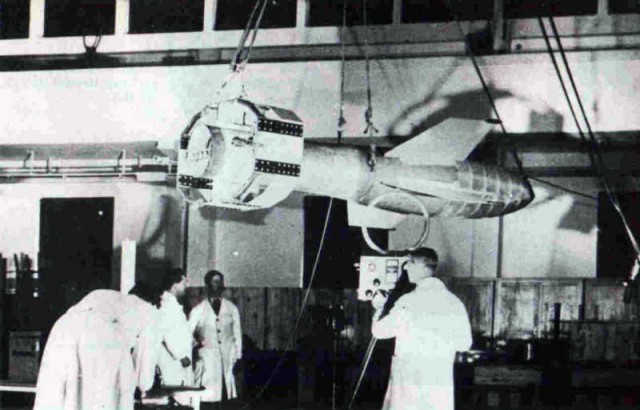
The Fritz X was a bomb made up of almost 3,500lbs of explosives.It was fitted with a radio and guidance equipment so that it could be directed right to its target. It could get through almost 30 inches of armour and could be dropped from 20,000 feet, which meant the aircraft deploying the bomb couldn’t be reached by anti-aircraft fire.
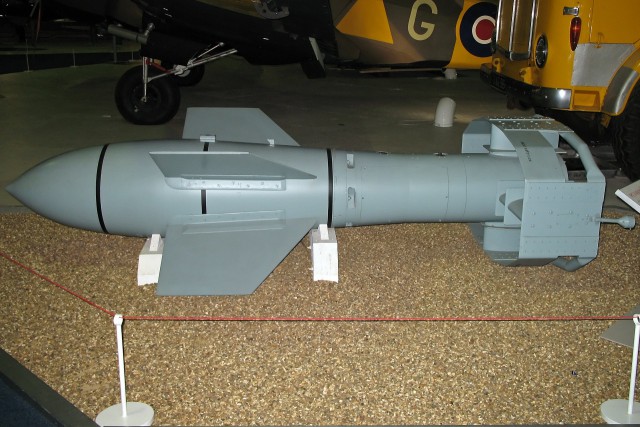
Its use during the war was limited, since only a few German aircraft were suitably built to carry and drop the bomb. Even so it for the limited time it was used, it caused massive damage. In September 1943 during the Salerno landings, the Italian battleship Roma, flagship of the Italian fleet, received two Fritz X hits and one near miss, and sank after her magazines exploded. 1,255 men, including Admiral Carlo Bergamini, died.
Her sister ship, Italia, was also damaged but reached Tunisia. At least 5 more ships were damaged by Fritz X strikes before the allies found a way to impede the guidance signals.
Night Vision
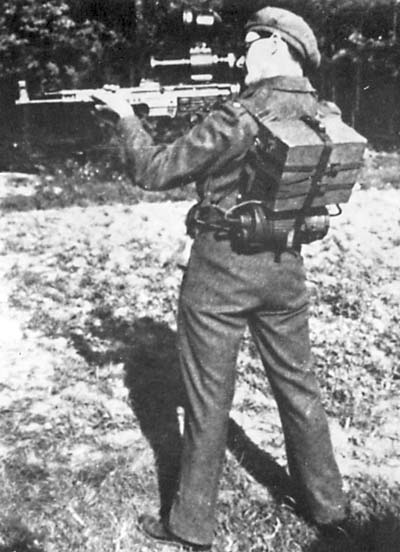
As early as 1939, the first night vision devices were introduced by the German army. The first devices were being developed by AEG starting in 1935. By the end of World War II, the German army had equipped approximately 50 Mark V Panther tanks, which saw combat on both the Eastern and Western Fronts. The “Vampir” man-portable system for infantrymen was being used with STG-44 Sturmgewehr assault rifles.
The ZG 1229 Vampir weighed about 5 lbs and was fitted with lugs at the weapons production facility. The soldier carrying this was known as night-hunter. As well as the sight and infrared spotlight, there was a wooden cased battery for the light, and a second battery fitted inside a gas mask container to power the image converter. This was all strapped to a Tragegestell 39.
The searchlight consisted of a conventional tungsten light source shining through a filter permitting only infrared light. The sensor was not sensitive to body heat because it operated in the upper infrared (light) spectrum rather than in the lower infrared (heat) spectrum.
The Vampir gear was used for the first time in combat in February 1945. 310 units had been delivered to the Wehrmacht in the final stages of the war. Eastern Front veteran reports consist of snipers shooting at night with the aid of ‘peculiar non-shining torches coupled with enormous optical sights’ mounted on their rifles. Similar infrared gear was fitted both to MG34 and MG42 machine guns.
